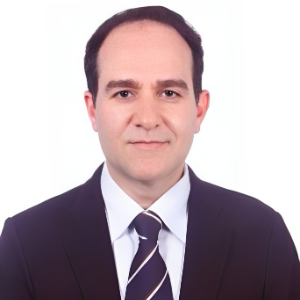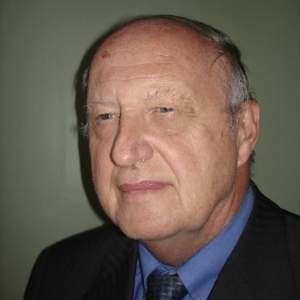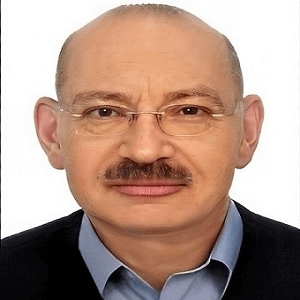Nano computational modeling is an emerging field of research related to nanotechnology. It involves the use of computer simulations to study the behavior and properties of nanoscale materials. By using computational models, scientists can better understand the physical and chemical properties of nanomaterials, as well as their interactions with their environment. Nano computational modeling can be used to study the behavior of nanomaterials in a variety of applications, such as drug delivery systems, sensing devices, and nanoelectronic components. In recent years, advances in computer processing power and simulation software have enabled researchers to simulate nanomaterials at the atomic and molecular level. These simulations can help scientists to better understand the behavior of nanomaterials, and to design novel nanomaterials with specific properties. For example, simulations can be used to optimize the structure and composition of a nanomaterial in order to maximize its electrical, optical, or mechanical properties. Nano computational modeling is also being used to study the effects of nanomaterials on human health and the environment. By simulating the interactions between nanomaterials and biological systems, researchers can gain insight into how nanomaterials might affect the human body or the environment. This research can help inform regulations that govern the use of nanomaterials, helping to ensure their safe use in industry and medicine. Overall, nano computational modeling is an important tool for understanding nanomaterials and their applications.

Thomas J Webster
Hebei University of Technology, United States
Hossein Hosseinkhani
Innovation Center for Advanced Technology, Matrix, Inc., United States
Hai Feng Ji
Drexel University, United States
Paulo Cesar De Morais
Catholic University of Brasilia, Brazil
Azzedine Bensalem
Long Island University, United States
Robert Buenker
Wuppertal University, Germany
Rafal Kozubski
Jagiellonian University in Krakow, Poland
Sylwia Wcislik
Kielce University of Technology, Poland
Raman Singh
Monash University-Clayton Campus, Australia


Title : Circumventing challenges in developing CVD graphene coating on mild steel: A disruptive approach to remarkable/durable corrosion resistance
Raman Singh, Monash University-Clayton Campus, Australia
Title : Highlighting recent advancements in electromagnetic field subwavelength tailoring using nanoparticle resonant light scattering and related topics
Michael I Tribelsky, Moscow State University, Russian Federation
Title : The impact of nanomedicine: 30,000 orthopedic nano implants with no failures and still counting
Thomas J Webster, Hebei University of Technology, United States
Title : Logistic-modified mathematical model for tumor growth treated with nanosized cargo delivery system
Paulo Cesar De Morais, Catholic University of Brasilia, Brazil
Title : Current and future of red and black phosphorus nanomaterials
Hai Feng Ji, Drexel University, United States
Title : Azodye photoaligned nanolayers for liquid crystal: New trends
Vladimir G Chigrinov, Hong Kong University of Science and Technology, Hong Kong
Title : Atomistic simulation of chemical ordering phenomena in nanostructured intermetallics
Rafal Kozubski, Jagiellonian University in Krakow, Poland
Title : The enhanced cytotoxic effect of curcumin on leukemic stem cells via CD123-targeted nanoparticles
Wariya Nirachonkul, Chiang Mai University, Thailand
Title : Efficiency of nanoparticles (Micromage-B) in the complex treatment of multiple sclerosis
Andrey Belousov, Kharkiv National Medical University, Ukraine
Title : Innovative method of nanotechnology application in the complex treatment of multiple sclerosis
Andrey Belousov, Kharkiv National Medical University, Ukraine